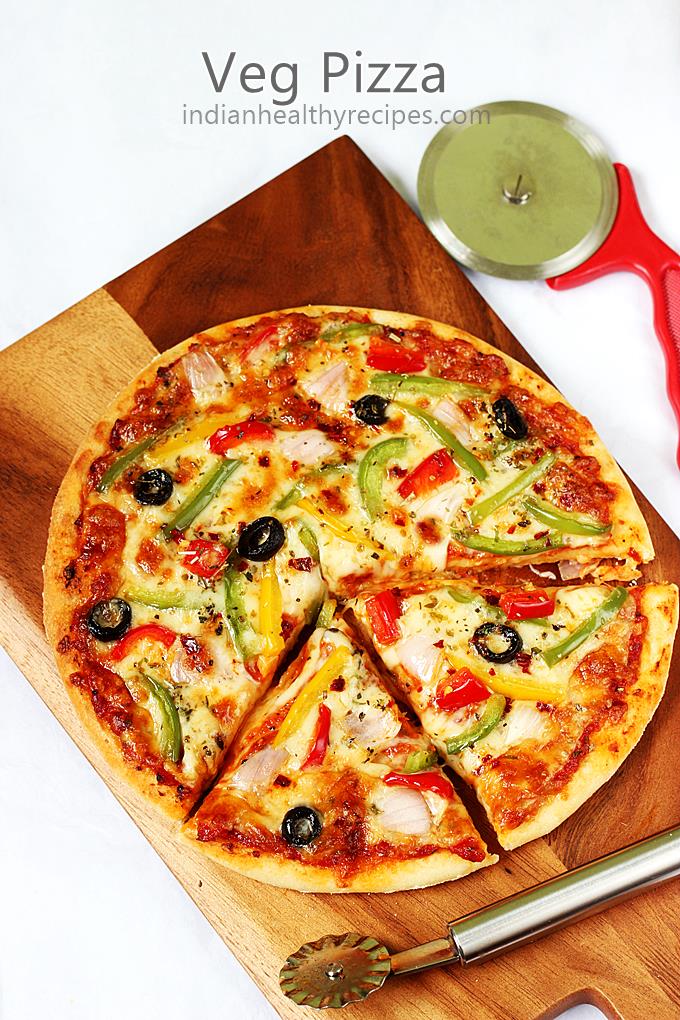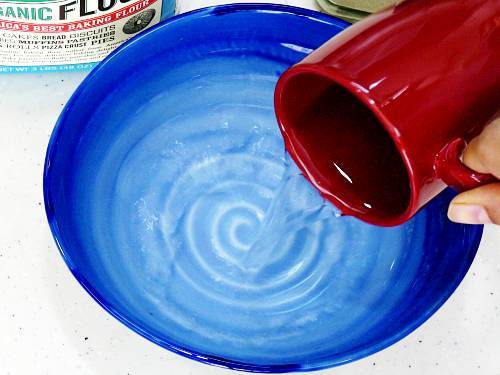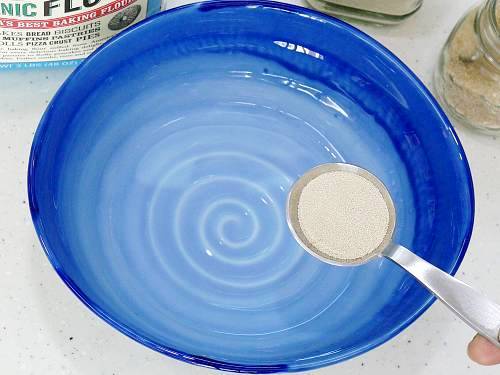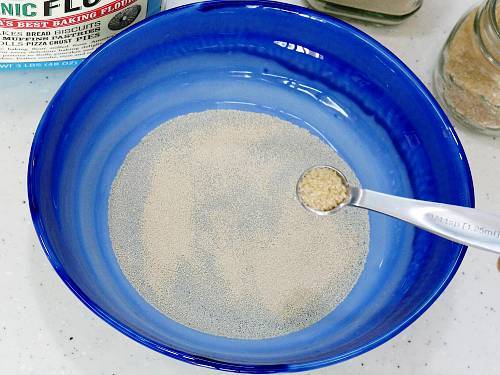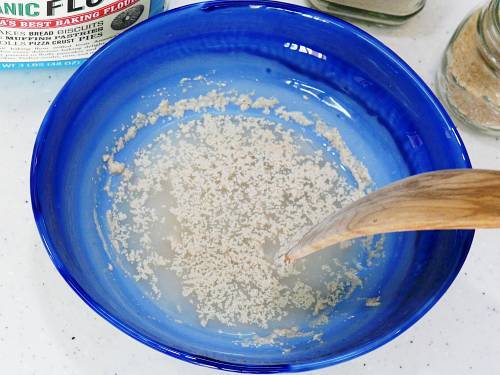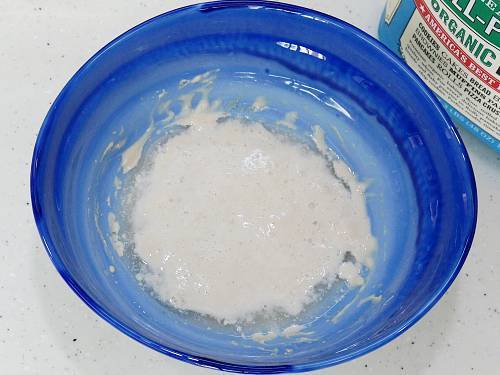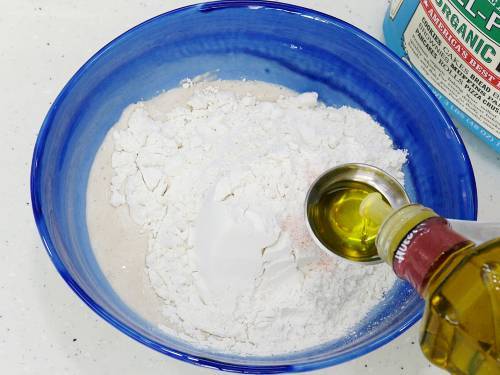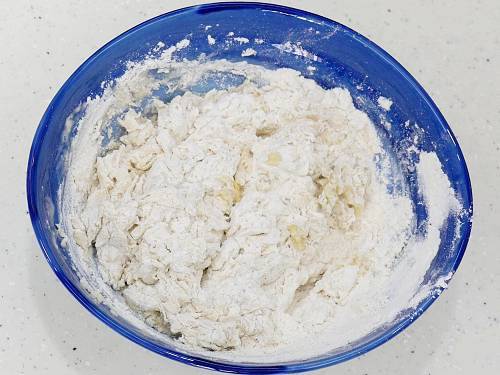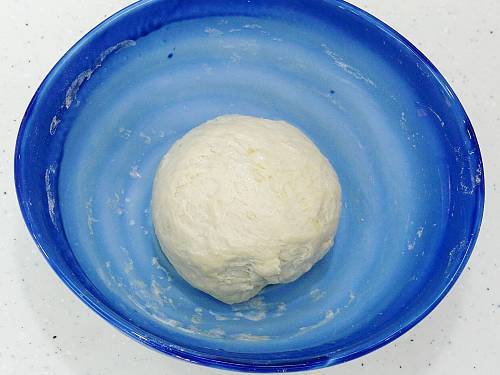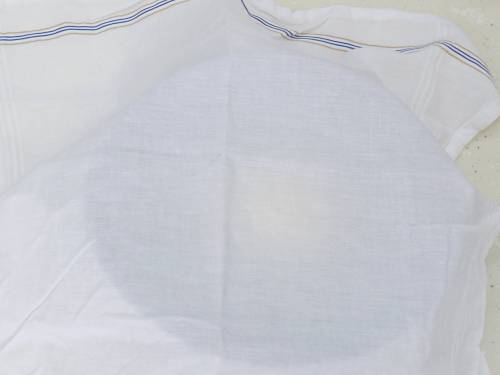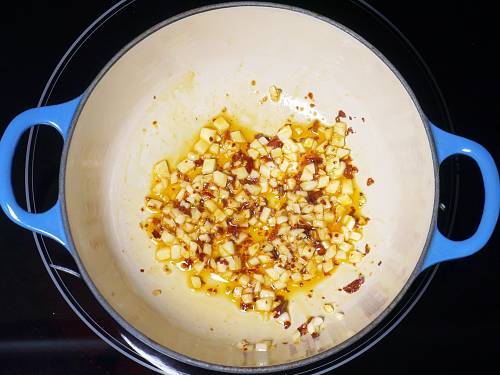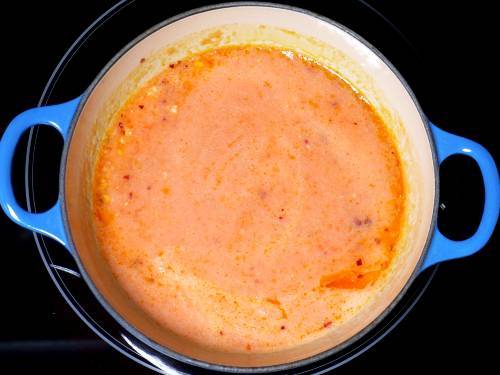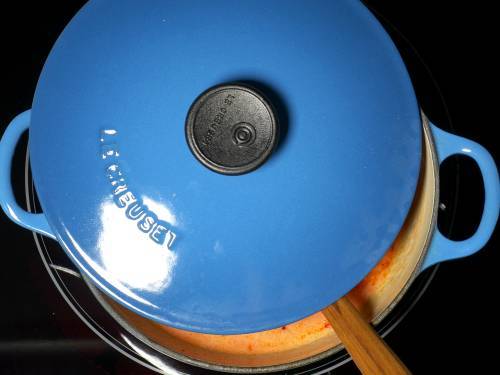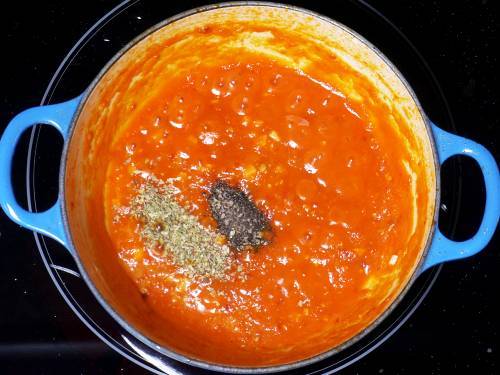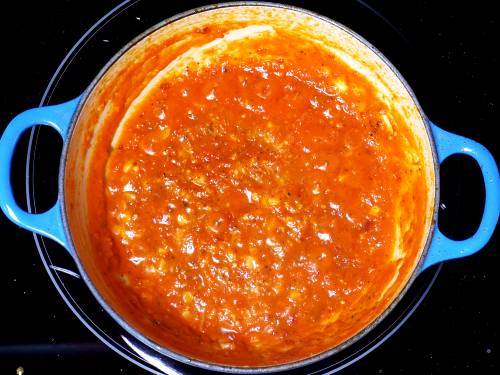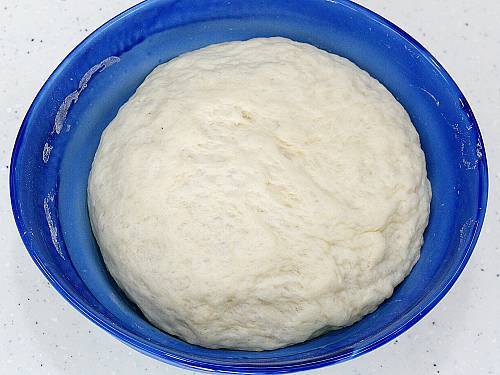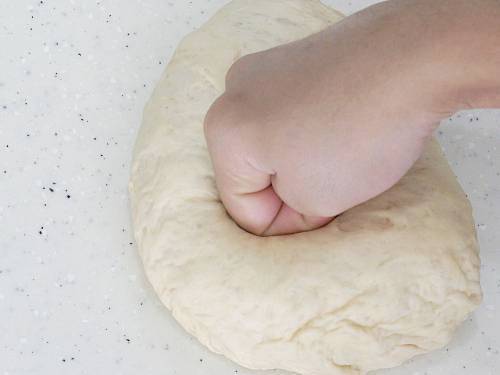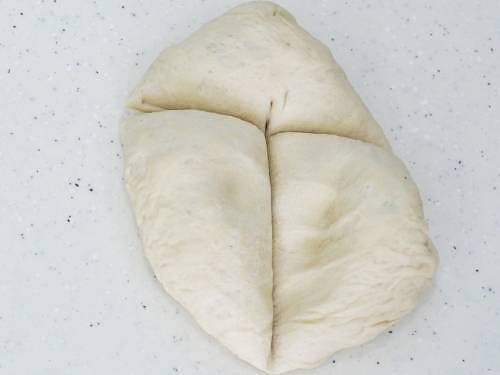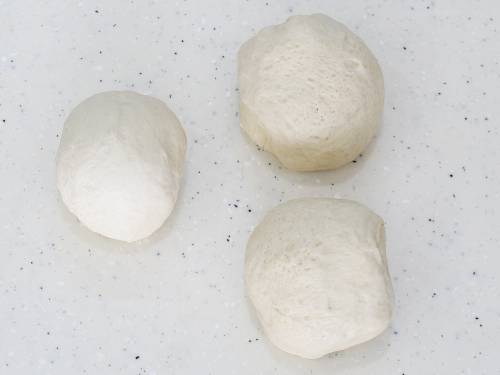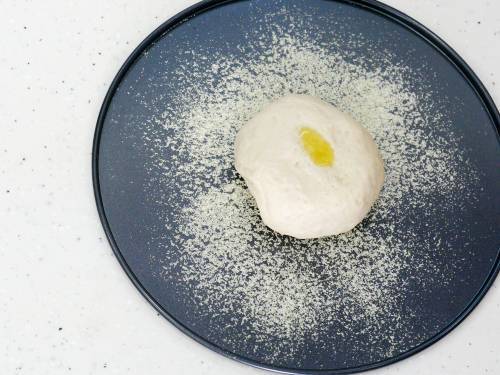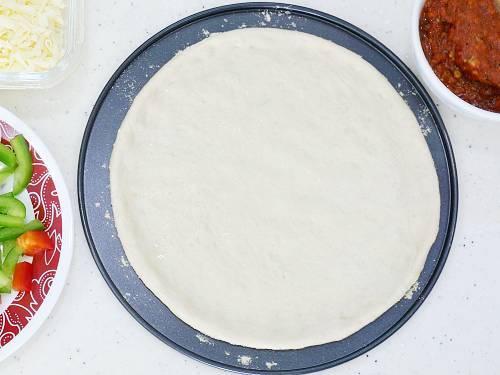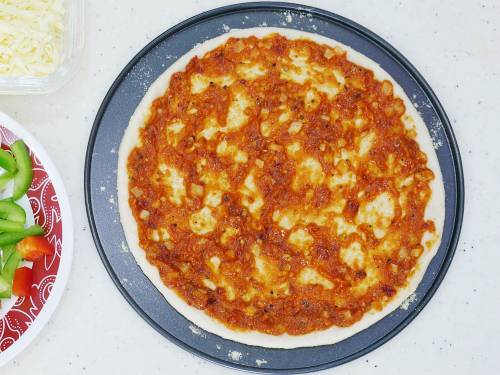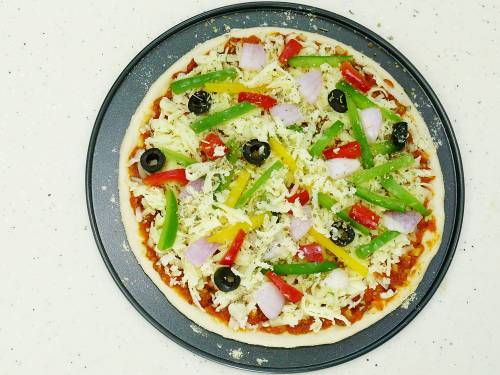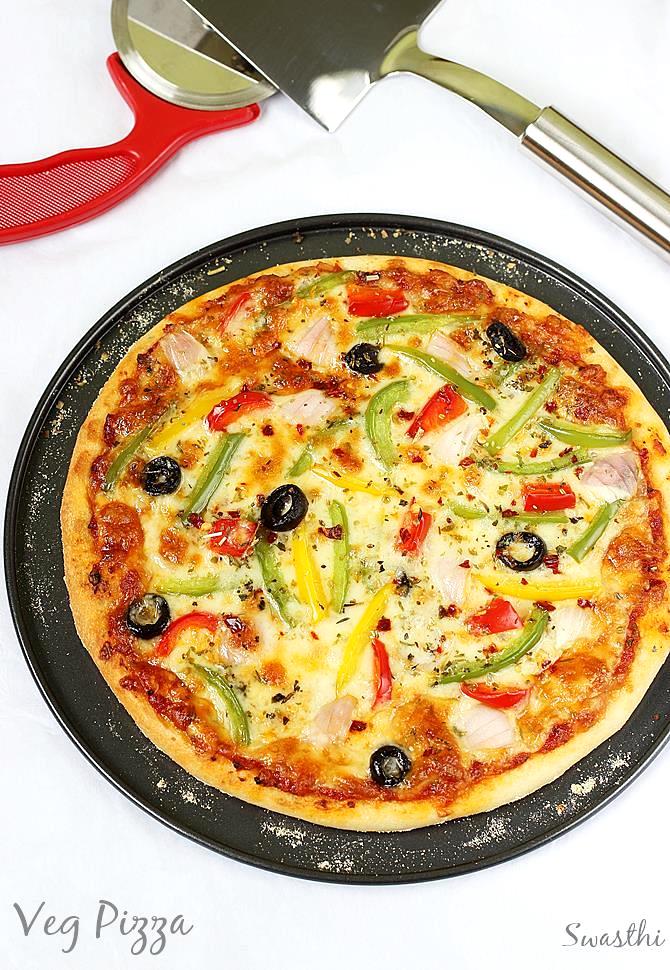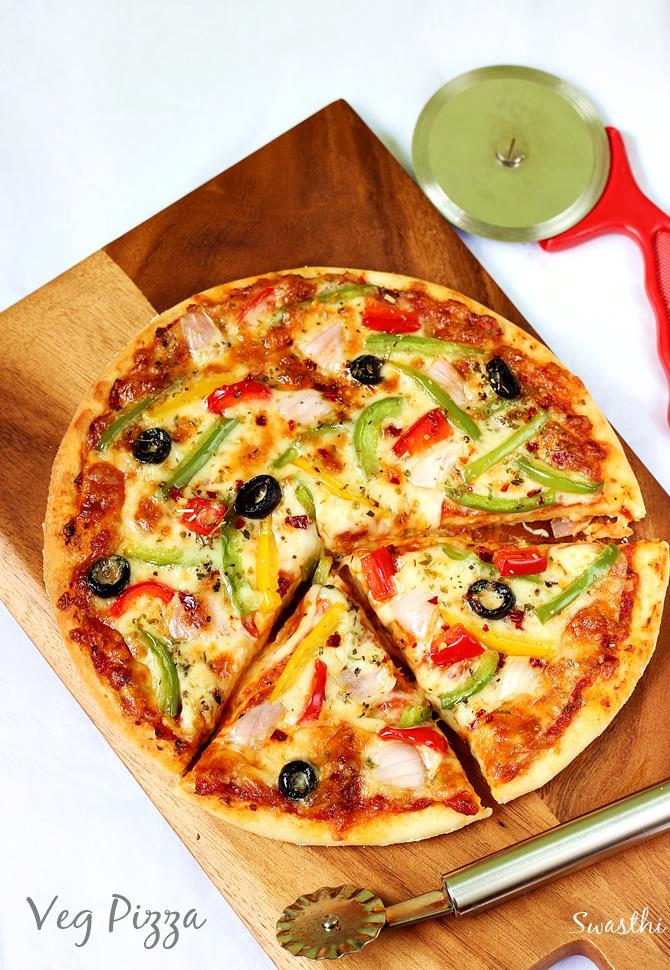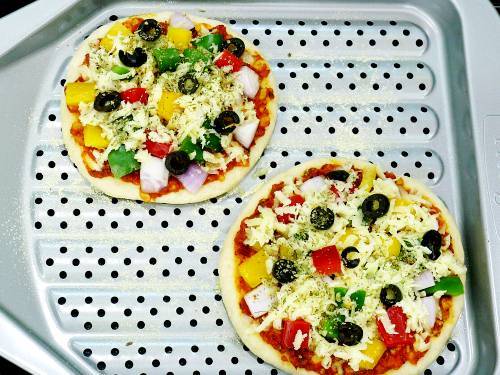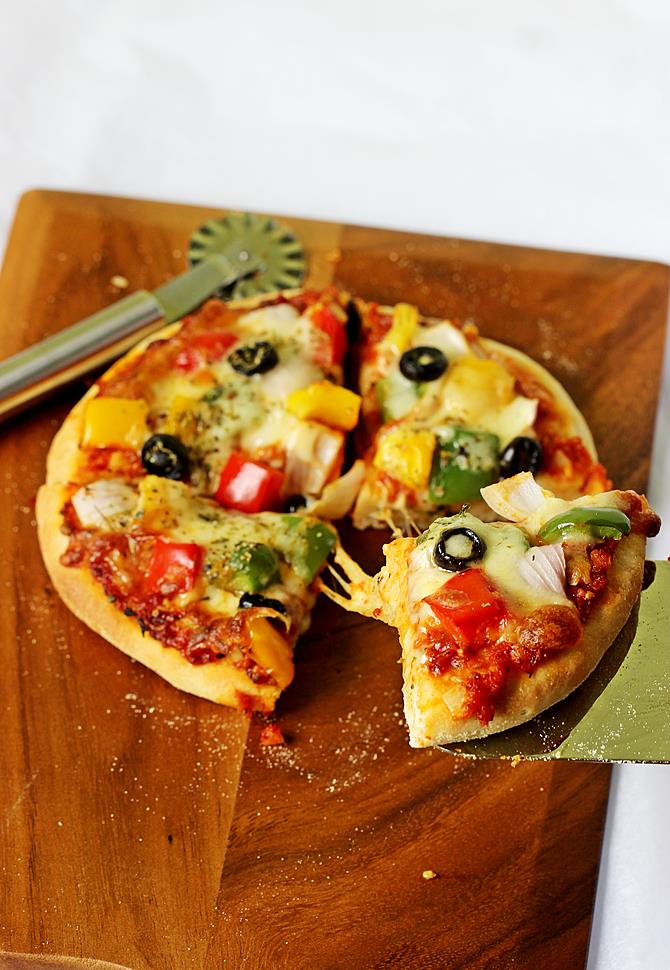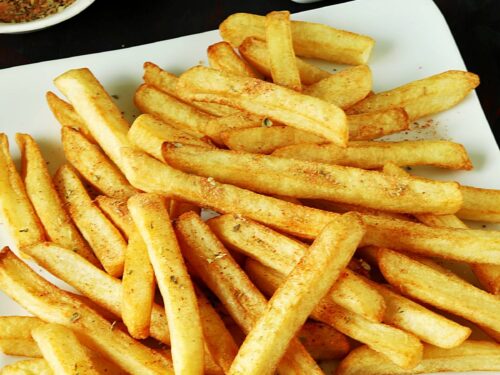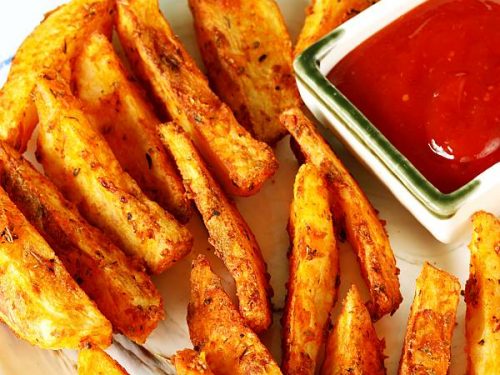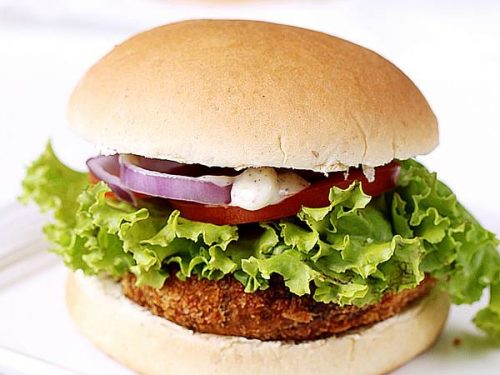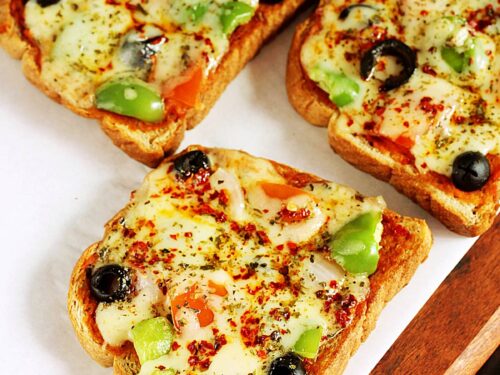Making a delicious and perfect cheesy pizza at home is much simpler than we think. There are numerous recipes online to make it but over the years this easy recipe has become our family favorite. Try this and you will never want to order a pizza again. You will be in love with your homemade pizza!! During my initial days of learning I followed a basic recipe from Bob’s red mill for the pizza base which turned out to be good. After making it time and again for many years this basic pizza recipe got a makeover. I learnt a lot of tricks & techniques to make the best at home with little effort. So I thought of updating this post with better and detailed instructions along with many tips.
About this recipe
This pizza recipe consists of 3 sections So what’s new in my updated pizza recipe? Apart from the above, I have also shared how to make pizza dough with less yeast following the slow rise method. This also imparts more flavour & gives a better crust. After I made this a lot of times I realized less yeast and longer rise is the secret to the most delicious & flavourful pizza crust. Plus it is healthier as the dough ferments longer and is easier to digest. This is a very old post on the blog which has been tried and loved by many of you. So I haven’t changed a thing in this pizza recipe. Instead I have updated this slow rise method as an option in the instructions. Related recipes you may likeCheese BallsCheese sandwichVeg burgerMasala pastaSandwich recipes
Preparation for pizza recipe
- Bring yeast, flour and sugar (or maple syrup) to room temperature. I generally keep all of these out of the fridge an hour before making the dough.
- Firstly pour half cup luke warm water to a large mixing bowl. Dip your finger in the water to check if it is just warm & not hot. Hot water will kill the yeast and won’t let the pizza dough rise. An ideal temperature of water is 40 to 43 C – 105 to 110 F. If you live in a very cold place, just warm up your bowl first. Next pour warm water.
Proof yeast
- Add 1 teaspoon yeast (3 grams) to the warm water. You can use instant yeast or active yeast. More details in the tips section below. If you prefer to go with low yeast and let it rise slowly, then add only 1/3 teaspoon yeast (1 gram).
- Add 1 teaspoon raw sugar or maple syrup. Avoid using refined white sugar.
- Stir it gently. Allow this to rest undisturbed for 10 to 12 minutes.
- The mixture must turn frothy and bubbly. With instant yeast it won’t turn very frothy but will still froth to a minimum and you can see the yeast bubbling up. If you fail to get a frothy mixture, do not proceed further with this yeast. It is inactive. So just discard this. Start again with fresh warm water, yeast and sugar. Repeat the steps from 1 to 4.
Make pizza dough
- When the yeast turns frothy, add 2½ cups flour (300 grams), ⅓ teaspoon salt and 1½ tablespoon olive oil to the mixing bowl. Here I have used organic unbleached all-purpose flour. You can also use 1 cup all-purpose flour and 1½ cup fine wheat flour.
- Mix all of them to form a dough. You will need more water (about 2 to 3 tbsps) so add accordingly a little at a time until it forms a smooth and soft non-sticky dough. If the dough is sticky then you may sprinkle some flour.
- Knead the dough for 5 mins. Use the heel of your hand to press down the dough against the kitchen counter/worktop and roll the pizza dough across. Next fold it. Repeat this for a 4 to 5 minutes. At the end pizza dough should be soft and when you poke it with your finger, it should dent and bounce back slowly. This is the indication of the dough being ready.
Proofing dough
- Shape it to form a ball and apply a thin layer of oil to prevent the dough from drying up. Also grease your bowl with some oil.
- Cover the bowl with a moist napkin or lid. Rest at room temperature until the dough rises and doubles in size. An ideal temperature for rising dough is 26 C (80 F) to 32 C (90 F). Depending on the temperature, the dough may take anywhere from 1 to 4 hours. I advise not to go by timings but to let it double in size. With low yeast, I let it proof for about 8 hours near the window avoiding direct sun. During colder days, leave it overnight in a warm place. If you live in a cold country, then you can proof the dough in the instant pot with yogurt settings (LOW).
Make pizza sauce
- To begin with puree 400 to 500 grams of tomatoes in a blender. Heat 1 ½ tablespoons oil in a pan and add 2 finely chopped garlic cloves (about a tablespoon). Fry the garlic a bit until a nice aroma comes out for a minute. Then add 1 teaspoon red chilli flakes.
- Pour the tomato puree. Add ¼ teaspoon salt and 1 teaspoon sugar. Give a good stir.
- Cover the pot partially and simmer until the tomatoes cook down and reduce to a thick consistency. Be careful at this stage as the puree splashes a lot. Occasionally reduce the flame and give a good mix.
- When the mixture thickens to a sauce like consistency, add 1 teaspoon Italian herbs and ½ teaspoon crushed pepper. Taste test this and add more herbs, pepper or salt as needed.
- The consistency of the sauce has to be thick and of spreading consistency. It should not be runny otherwise the pizza will be soggy and wet beneath the cheese. Cool this completely and transfer to a jar if using it later.
Prepare veggies
- When you are ready to make the pizza, prepare the veggies & grate the cheese. We prefer only onions, lots of bell peppers, mushrooms and olives. You can use whatever veggies you prefer. Keep the veggies at room temperature for a few hours so they don’t let out moisture on the pizza making it soggy. If using bottled olives drain them to a small strainer.
How to make pizza (thin crust)
- When the pizza dough doubles in size, it will look like this. With longer proofing the dough will have lots of air pockets and will rise more.
- Transfer it to the work surface & punch it down to deflate and remove the air bubbles.
- Divide to 2 to 3 parts depending on the size you prefer.
- Knead a bit and shape them to round balls. If the dough is too sticky then sprinkle some flour & knead. I made one 9 inch thin crust and then two 6 inch thick crust pizzas. Alternately you can make three 9 inch thin crust or a single 14 inch thin crust pizza with this recipe. I made one pizza the same day and refrigerated the rest for the subsequent days. Just wrapped it in a cling wrap and put it in the fridge. The flavor of the yeast dough gets much better with cold fermentation as it ages in the fridge. This keeps good for 3 days. To use the refrigerated dough let it to come down to room temperature before using. This may take 2 to 4 hours depending on where you live.
- When you see the dough has relaxed and is ready to be stretched, preheat the oven to the highest temperature, 220 to 240 C or 470F for at least 25 to 30 mins. Place a baking tray or a cast iron pan in the middle rack and heat it as well in the oven. This baking tray/cast iron pan will help to achieve a golden and crisp pizza crust. To use a pizza stone refer the faqs below. If the dough is too sticky then sprinkle some flour & knead.
- Sprinkle some cornmeal evenly on a tray. Place a dough ball and flatten it with your fingers. Add few drops of oil. Begin to spread and stretch the dough on the tray with your fingers. Flatten to a 9 inch thin even base. Keep the edges slightly thicker than the centre. I do not use a rolling pin as sometimes the pizza base turns out dense as the rolling pin deflates the air bubbles.
- Next spread pizza sauce as desired.
- Lastly layer grated cheese. Then layer the veggies of your choice. Add more cheese on top avoiding the veggies. Sprinkle Italian herbs and chili flakes as preferred.
- Transfer the pizza tray to the oven. Place it right over the hot baking tray/ cast iron pan in the preheated oven. Bake it for 8 to 10 minutes or until the cheese melts and the crust becomes golden and crisp. Adjust the baking time as needed. Let the temperature come down a bit and then slice it. Serve hot.
Make thick crust pizza
- I also made two 6 inch thick crust personal pizzas. If making thick pizza base then, I stretch the dough first. You can also prick the base with a fork a few times (8 to 9 times) & bake it for 5 – 7 mins first. Then smear the sauce and layer the toppings.
- Bake this for about 8 to 10 mins. If your cheese doesn’t get golden, you can move it to the top rack and bake for another 2 to 3 mins.
Tips to make the best pizza
Activate Yeast: Always activate yeast first before adding it to the flour. Usually instant yeast is added directly to the flour but you can also activate it the same way as active yeast. This way you will save your flour in case the instant yeast is dead. Avoid using a lot of yeast: Using lesser yeast is the secret to the best pizzas served in restaurants and pizzeria. Use less and give more time for the yeast to work well. This results in a better flavour & best tasting pizza crust. Let dough rise slowly at room temperature: Do not hasten to rise it quickly at higher temperature. Slow rise pizza dough acquires a unique flavour and better texture. Do not go by the time factor let it rise until it doubles. On colder days it takes longer. Bake thick crust base: If you are baking a thick crust pizza base in a small oven, then it is good to bake the pizza base first for 5 to 7 mins and then smear the sauce and top it with veggies & cheese. Then bake it to finish off. Most times a thick pizza base doesn’t get cooked well in smaller ovens while the cheese gets browned. Pizzas served in pizzerias are cooked in large wood fired ovens. These are very hot & mostly baked on pizza stones or baking stones hence the base gets cooked well. Health Note: Do not use regular maida to make pizza. Regular maida is chemically bleached and has tons of adverse effects on our health. If you do not find organic or unbleached flour, just make the pizza with very fine quality whole wheat flour and make a thin crust pizza. It turns out very good that way too. What is the best flour for pizza dough? 00 flour is considered to be a gold standard for making Italian pizza. It is pricey in many countries and is not easily available. So many pizza pros use bread flour. However all-purpose flour is widely used by home cooks as it yields similar results. If you prefer to limit refined flour, you may use fine white wheat flour or 50% all-purpose flour & 50% whole wheat flour. But use organic flour or at least unbleached & unbromated flour. How long to knead pizza dough? 4 to 5 minutes of kneading the dough is good enough. But then everyone’s hand pressure is different so focus on the texture of the dough and not the time. Dough should be soft and when you press down it should dent and bounce back slowly. This is the indication of the dough being ready. Can you refrigerate pizza dough? Yes. After the dough rises, divide it to smaller portions as needed. Shape them to balls, cover and refrigerate. Refrigerate for 1 to 3 days. Bring it to room temperature before stretching it. Is it better to roll or stretch pizza dough? Rolling pin deflates the gas pockets in the dough and can make the pizza base denser. So pizza dough is always hand stretched. An easier way to stretch is to sprinkle some flour on a parchment paper or baking tray. Place the dough ball and drizzle little oil over it. Then stretch it using your fingers over the tray/ parchment paper. If you still want to use a rolling pin, then you may roll the dough until ¾ of the diameter. Then hand stretch the rest & create a border so it is not flat on the edges.
Baking tray vs Pizza crisper vs Cast iron pan
Pizzerias use pizza stones which gives pizza the best crust. The next best choice is a cast iron griddle or a perforated pizza pan (crisper) which have holes in them. These allow heat to hit directly right at the bottom of the crust resulting in a crispier crust. These are better than the regular pans. I have shared a picture of perforated tray above. However a regular baking tray can also be used. If using a perforated pan, then stretch the pizza on a wooden board or parchment paper. Then transfer to the perforated pizza pan. How to cook pizza without oven? If you do not have an oven, you can bake the pizza in a pan on stovetop. For best results use less yeast (1/3 teaspoon for this recipe), follow the slow rise method to make the dough & bake it on a cast iron pan. To bake on stovetop, avoid using dough that has a lot of yeast in it as cooking on stovetop won’t yield the same results and your pizza will smell yeasty. For the step by step instructions to bake it on stovetop check out this stovetop tawa pizza without yeast.
How to cook pizza on a pizza stone?
Preheat the oven with the pizza stone placed in the center of the oven. Set the oven temperature to the highest and preheat for at least 30 mins. While most experts suggest to preheat for an hour I do it only for 30 mins. Sprinkle a generous amount of cornmeal all over a wooden pizza peel. Place the dough ball on a parchment paper and drizzle some oil. Hand stretch it over the parchment paper. Gently remove it and place on the peel. Shake it gently to & fro to ensure it is not sticking to the peel. Then smear the sauce and dress up the pizza. Once you are done dressing it do not rest it on the peel. Ensure it goes right away into the oven over the hot stone. Take the pizza peel over to the other end of the stone & gently jerk/ jolt the pizza over the stone. If you have used the right amount of cornmeal it will slide almost effortlessly. Why is my dough sticking to the peel? Using the wrong peel is the most common cause. Use a wooden pizza peel. The second reason can be too much moisture in the dough. Why does my pizza smell or taste yeasty? Too much yeast in the dough, rising it at high temperature or rising it for too long at higher temperature can leave your pizza with a strong smell of yeast. Instead start with lower amount of yeast & let it rise slowly for longer until it doubles or triples. 26 C (80 F) to 32 C (90 F) is ideal temperature for rising. If the temperature is too high, dough rises too quickly not giving the yeast enough time to react. This may leave a strong smell of the yeast in the pizza even after baking it well. Related Recipes
Veg pizza recipe
This Pizza recipe was first published in OCT, 2015. Republished in November 2020 with detailed instructions and better pictures.
